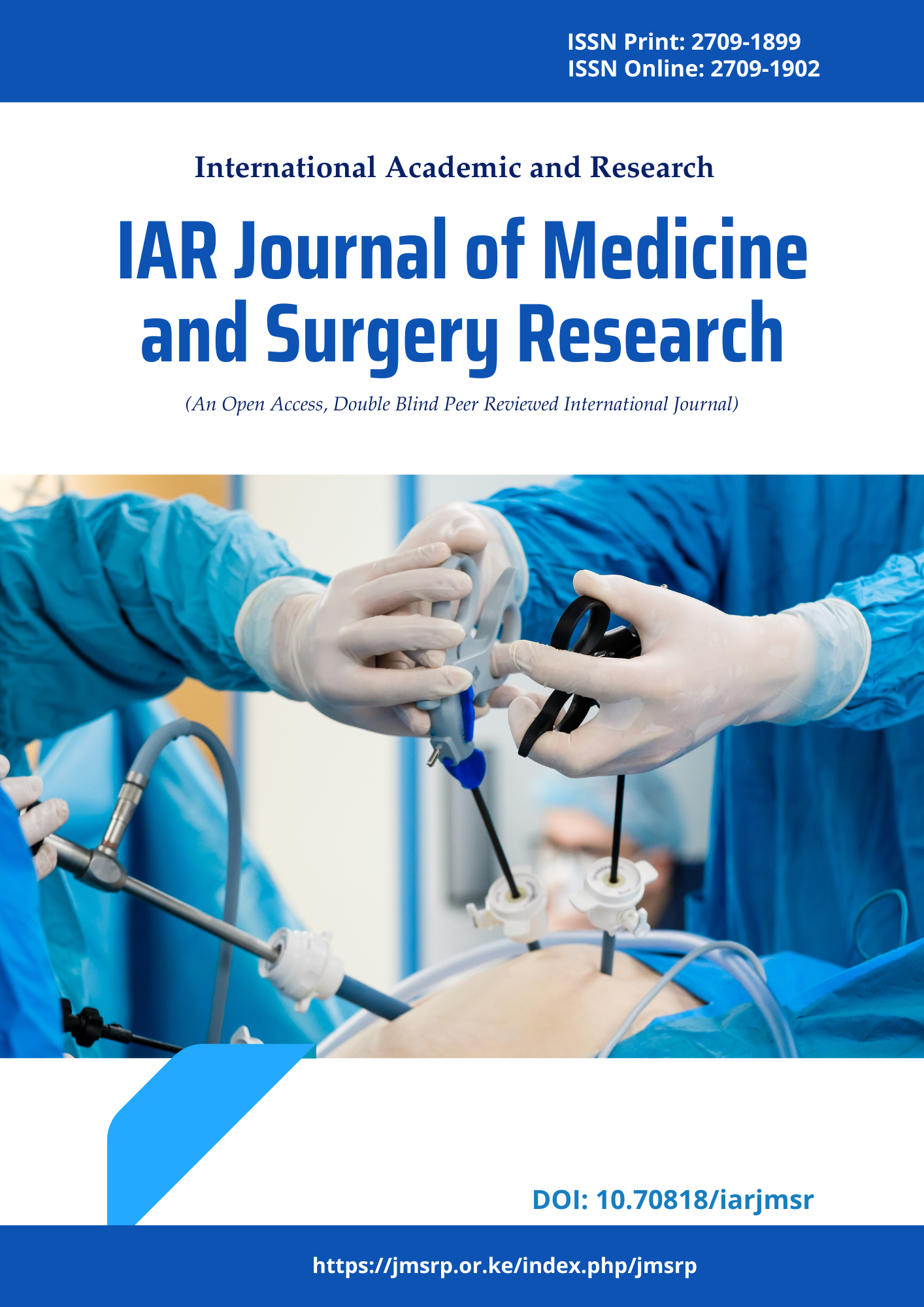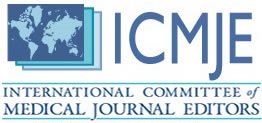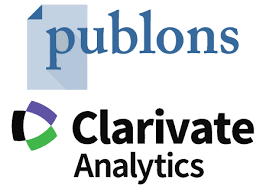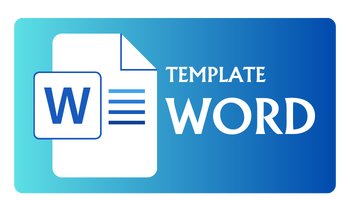
Author Guidelines
The authors are advised to follow below guidelines
Language: Papers are accepted in English or as per the nature of the Journal submission.
Page format: The manuscripts should be prepared as Microsoft-word documents in Times New Roman (font size 10) on A4 size leaving the margins of 1 inch on all four sides in single column. The line spacing should be single- spaced including references and tables. Tables and Figures should be in their respective position in manuscript with title of Table/Legends of Figure. Articles should be within 30 printable pages. The manuscript should be in single word file, which contains the title page following full manuscript. The title page contains title of the manuscript, all author names and their corresponding affiliations as well as complete mailing address, telephone and E-mail. The designated corresponding author must be identified by an asterisk. The full-length Research Articles should be arranged using the following headings; Abstract, Keywords, Introduction, Material and Methods, Results, Discussion, Conclusion, Acknowledgement (optional) and References. The Review, Short Communications, Essay, Book reviews should follow the standard method as requirement.
Abstract: It should not exceed 300 words in a single paragraph and required sub-headings and should be a brief summary of the work carried out including the objectives of the study, the techniques used and what was accomplished in a concise manner.
Keywords: It should contain up to 3-10 words related to the work separated by commas.
Introduction: This part provides a description of the research field, relevant background information, and the hypotheses explored in the study. The introduction should give enough background information for a scientifically educated reader to comprehend and appreciate the experiments that will be detailed. In-text citations, including references to relevant reviews and original scientific publications, must be included in the introduction. The project's particular aim should be specified, as well as a justification for the individual tests and other work done.
Material and Methods: It should include study design, Inclusion criteria, exclusion criteria, Sampling methods, Sample size calculation, Data collection procedure, Any scoring system, ethical committee permission should be mentioned and Statistical Analysis.
Results: It should contain summary of the research, results, interpretations, speculations and assessment of future research or prospects. Results should be organized into figures and tables with descriptive captions. The captions, although brief, should tell the reader the method used, explain any abbreviations included in the figure, and should end with a statement as to the conclusion of the figure.
Discussion: This part should content the findings section for current knowledge of the scientific challenges being researched in the area. This section should provide a description of any relevant references to previous work on the subject. This part also gives you the opportunity to describe the relevance of your findings, such as whether the data support the hypotheses you set out to test.
Conclusion: This section should conclude with any new questions or answers that have arisen as a consequence of your effort. It should include outcome of the work, important findings and your view(s).
Acknowledgements (if any): It should have the brief information regarding any research grant support or the assistance of colleagues or institutions.
References: They should be arranged at the end of the manuscript in order of their appearance the text. References should follow the Vancouver Citation Style.
For Examples
Articles in journals, magazines, and newspapers
References to periodical articles must include the following elements: Author(s), Article title, Journal title, Year of publication, Volume number, Issue number (if applicable) and Page numbers.
Journal article (one author)
Kurth AE. The Gender Context of HIV Risk and Pregnancy Goals in Western Kenya. East Afr Med J. 2015;92(4):163-169.
Journal article, more authors,
Njoroge A, Munene KE. Scaling Up Non-Communicable Disease Control: Lessons to Be Learnt From The Infectious Disease Paradigm In Kenya. East Afr Med J. 2015;92(12):608-611.
Article from an Internet-only journals
Hirtle PB. Copyright renewal, copyright restoration, and the difficulty of determining copyright status. D-Lib Magazine, (2008, July-August)14(7/8).
Magazine article, in print
Kluger, J. Why we love. Time, 2008;171(4), 54-60.
Newspaper article, no author, in print
As prices surge, Thailand pitches OPEC-style rice cartel. (2008, May 5). The Wall Street Journal, p. A9.
Books
References to an entire book must include the following elements: author(s) or editor(s), date of publication, title, place of publication, and the name of the publisher.
No Author or editor, in print
Merriam-Webster’s collegiate dictionary Springfield, MA: Merriam- Webster. 2003.
One author, in print
Kidder T. The soul of a new machine. Boston, MA: Little, Brown & Company; 1981.
Two authors, in print
Frank RH and Bernanke B. Principles of macro-economics (3rd ed.). Boston, MA: McGraw-Hill/Irwin; 2007.
Edited book
Gibbs JT and Huang LN. Children of color: Psychological interventions with culturally diverse youth. San Francisco, CA: Jossey-Bass; 2001.
Dissertations
Young RF. Crossing boundaries in urban ecology: Pathways to sustainable cities (Doctoral dissertation). Available from ProQuest Dissertations & Theses database. (UMI No. 327681) 2007.
Download sample files
Manuscript file (Main Article file in doc or docx file, Sample file for Original Research Article here)
Cover letter (in doc or docx file)
Copyright form (in doc, docx, pdf or jpg file)














